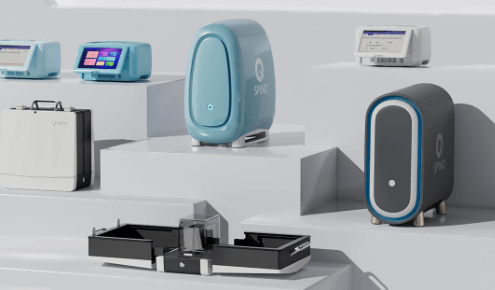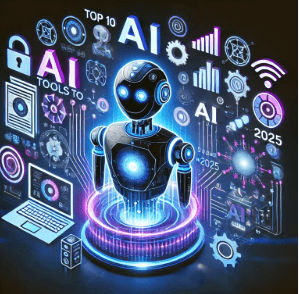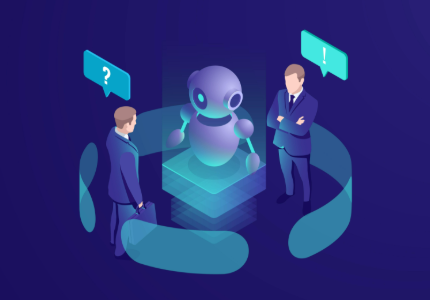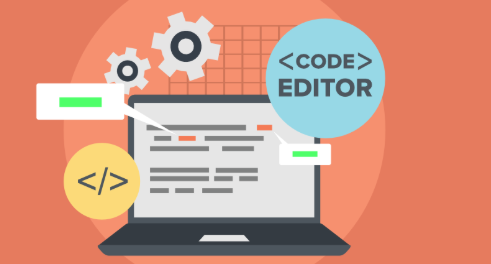Quantum Computing Explained Simply
Introduction
Understanding quantum computing can feel like peering into a sci-fi realm, but it’s very real—and it’s opening doors to solving problems classical computers simply can’t. By using principles like superposition and entanglement, quantum computers harness the peculiarities of quantum mechanics to process immense amounts of information in parallel. This article provides a clear, approachable overview of what quantum computing is, its core concepts, real-world uses, and the future ahead—all focused on being reader-friendly and trustworthy, with relevant LSI (Latent Semantic Indexing) keywords woven in to enhance clarity and SEO.
What Is Quantum Computing?
Qubits: The Building Blocks
Classical computers use bits—0 or 1. Quantum systems use quantum bits (qubits), which can exist in both states simultaneously thanks to superposition—a fundamental principle of quantum mechanics.
Superposition & Entanglement: Quantum Advantages
- Superposition allows a qubit to represent multiple possible outcomes at once, enabling parallel computation.
- Entanglement links qubits so they instantly influence each other, even if separated—magnifying computational power exponentially.
NISQ Era & Error Correction
Current quantum devices fall into the Noisy Intermediate-Scale Quantum (NISQ) category—powerful, but sensitive to errors and environmental interference. Achieving a scalable, error-corrected quantum computer is the next critical step.
Applications and Real-World Use Cases
Scientific and Industrial Use
Quantum computing is especially promising in areas like:
- Drug discovery and molecular simulation: Modeling complex molecules for pharmaceuticals more accurately and rapidly.
- Optimization: Enhancing supply chains, portfolio management, and logistics through vast search-space evaluation.
- Cryptography & Security: Shor’s algorithm threatens current encryption; meanwhile, quantum key distribution offers fundamentally secure communication.
Cloud-based Quantum Access
Platforms like IBM Q Experience, Amazon Braket, and Azure Quantum provide Quantum Computing as a Service (QCaaS)—making quantum computing accessible through the cloud.
Frameworks like Cirq, Qiskit, and OpenQASM let users develop and submit quantum programs without needing hardware.
Milestones & Emerging Hardware
- Google’s Sycamore processor (53 qubits) achieved quantum supremacy in 2019—solving a problem in 200 seconds that would take a classical supercomputer millennia.
- Willow processor (105 qubits) by Google reached error-corrected thresholds and performed a task in 5 minutes that would take classical machines 10 septillion years.
- Quantinuum launched Guppy, a Python-embedded quantum programming language, along with the emulator Selene, easing development despite hardware limitations.
- Japan’s first self-made quantum computer, unveiled in July 2025, combines homegrown superconducting qubits, cooling, and control software to boost research in fields like drug design and logistics.
The Future and Challenges of Quantum Computing
Towards Practical Use
As hardware matures and error correction improves, experts foresee real-world quantum applications within the next five years. Google and others are actively charting paths toward fault-tolerant quantum systems.
Remaining Hurdles
Error rates, fragility of qubit states, and scaling challenges remain daunting. For many problems, quantum doesn’t yet offer a clear advantage. As one researcher cautions:
“Quantum computers are only better at solving some sets of problems… the rules are still constrictive.”
And a data analyst observing practical limits noted:
“The practical applications that we know of are factoring big numbers and simulating quantum mechanics… other applications… may never materialize.”
LSI (Latent Semantic Indexing) Keywords Incorporated
- superposition
- entanglement
- noisy intermediate-scale quantum (NISQ)
- error correction
- qubits
- quantum supremacy
- quantum algorithms
- quantum programming
- quantum cloud services
- molecular simulation
- optimization
- QCaaS
Conclusion
Quantum computing is a radical leap in technology—a realm where computation taps into the uncanny laws of quantum mechanics, enabling calculations far beyond the reach of classical machines. By leveraging superposition and entanglement, quantum systems process an immense number of possibilities simultaneously. Yet, today’s quantum devices operate in the NISQ regime—powerful but error-prone, constrained by sensitivity and scale.
Still, real progress is happening: quantum cloud services democratize access; breakthroughs like Google’s Sycamore and Willow processors showcase immense potential; new programming frameworks empower developers; and nations like Japan are building indigenous quantum hardware. While true fault-tolerant quantum computing is still on the horizon, experts anticipate game-changing applications—spanning drug discovery, optimization, and materials science—within a few years.
In short, quantum computing isn’t sci-fi—it’s evolving into a transformative tool. With continued innovation, learning, and responsible use, it holds the promise to revolutionize computing and solve problems we’ve only dreamed of tackling.
Frequently Asked Questions (People also ask)
- What is quantum computing?
Quantum computing uses quantum bits (qubits) that can exist in multiple states (thanks to superposition), allowing parallel computation in ways classical bits cannot. - How does quantum computing differ from classical computing?
Classical computing uses binary bits (0 or 1). Quantum computing uses qubits, which take advantage of superposition and entanglement to process vast state combinations simultaneously. - What are the main challenges in quantum computing?
Challenges include high error rates, qubit fragility, decoherence, and the difficulty of scaling up while maintaining fidelity. - What are the practical applications of quantum computing?
Key use cases include drug and molecular simulation, optimization tasks, cryptography (both breaking and securing data), and advancements in machine learning and AI. - How can someone experiment with quantum computing today?
Users can access cloud-based platforms like IBM Q Experience, AWS Braket, or Azure Quantum, and use tools like Qiskit, Cirq, or OpenQASM to write and simulate quantum algorithms.







